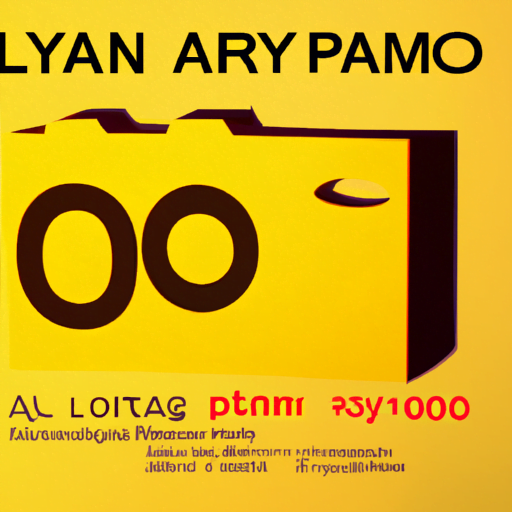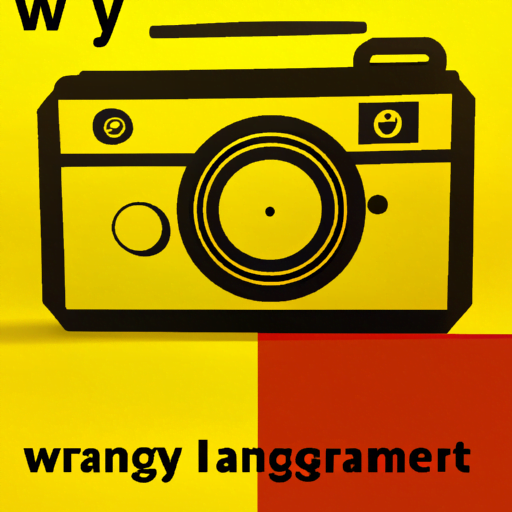
-
Table of Contents
Lance Wyman: The Master of Environmental Graphic Design

When it comes to the world of graphic design, few names carry as much weight and influence as Lance Wyman. With a career spanning over five decades, Wyman has left an indelible mark on the field, revolutionizing the way we interact with and experience the built environment. From his iconic designs for the 1968 Mexico City Olympics to his innovative wayfinding systems for cities around the world, Wyman’s work has not only shaped the visual landscape but also enhanced our sense of place and identity. In this article, we will delve into the life and work of Lance Wyman, exploring his contributions to the field of environmental graphic design and the lasting impact of his designs.
Early Life and Education
Lance Wyman was born on November 18, 1937, in Newark, New Jersey. From a young age, he showed a keen interest in art and design, which led him to pursue a degree in Industrial Design at the Pratt Institute in Brooklyn, New York. It was during his time at Pratt that Wyman discovered his passion for graphic design and began to explore the possibilities of merging art and functionality.
The Mexico City Olympics: A Turning Point
One of the defining moments in Lance Wyman’s career came in 1966 when he was selected to design the visual identity and wayfinding system for the 1968 Mexico City Olympics. This project would prove to be a turning point not only for Wyman but also for the field of environmental graphic design as a whole.
Wyman’s designs for the Olympics were groundbreaking in their approach, combining bold geometric shapes, vibrant colors, and culturally significant symbols to create a cohesive and visually striking system. From the iconic logo featuring a stylized Aztec calendar to the intricate pictograms representing each sport, Wyman’s designs captured the spirit of Mexico and the energy of the games.
However, it was Wyman’s wayfinding system that truly set him apart. Recognizing the need for clear and intuitive signage in a complex and crowded environment, Wyman developed a system of symbols and colors that guided visitors through the Olympic venues. His designs not only provided functional information but also created a sense of unity and identity, reinforcing the overall visual language of the games.
Wyman’s Approach to Environmental Graphic Design
What sets Lance Wyman apart from other graphic designers is his holistic approach to environmental graphic design. Rather than simply creating visually appealing graphics, Wyman believes in designing experiences that engage and inform the user.
One of the key principles of Wyman’s approach is the integration of graphic design with architecture and urban planning. He believes that graphic design should not be an afterthought but an integral part of the built environment. By collaborating closely with architects and urban planners, Wyman ensures that his designs seamlessly blend with the physical space, enhancing the overall user experience.
Another important aspect of Wyman’s approach is his emphasis on cultural context. Whether designing for the Olympics or a city wayfinding system, Wyman takes into account the unique cultural and historical aspects of the place. By incorporating local symbols, colors, and motifs, he creates designs that resonate with the local community and foster a sense of pride and identity.
Case Studies: Wyman’s Impact on Cities
Over the course of his career, Lance Wyman has worked on numerous projects around the world, leaving a lasting impact on the cities he has touched. Let’s take a closer look at two case studies that highlight Wyman’s approach and the transformative power of his designs.
Washington, D.C. Metro
In the 1970s, Lance Wyman was commissioned to design the wayfinding system for the Washington, D.C. Metro, one of the busiest subway systems in the United States. Wyman’s designs not only provided clear and intuitive navigation but also created a visual identity for the Metro.
Wyman’s approach was to develop a system of symbols and colors that represented each station and line, making it easy for commuters to navigate the complex network. The use of bold colors and geometric shapes not only enhanced wayfinding but also created a sense of visual harmony throughout the system.
Today, Wyman’s designs for the Washington, D.C. Metro are considered a classic example of effective wayfinding and have become an integral part of the city’s identity.
Mexico City Metro
Building on his success with the Mexico City Olympics, Lance Wyman was later commissioned to design the wayfinding system for the Mexico City Metro. With over 200 stations and millions of daily passengers, the Metro presented a unique challenge for Wyman.
Wyman’s solution was to develop a system of symbols and colors that not only guided passengers but also celebrated the rich cultural heritage of Mexico. Each station was assigned a unique symbol inspired by local landmarks, historical figures, or cultural icons. This not only made navigation easier but also created a sense of pride and ownership among the local community.
Today, Wyman’s designs for the Mexico City Metro are considered a masterclass in wayfinding and have become an integral part of the city’s visual identity.
Legacy and Recognition
Lance Wyman’s contributions to the field of environmental graphic design have not gone unnoticed. Throughout his career, he has received numerous awards and accolades for his innovative designs and groundbreaking approach.
In 1992, Wyman was awarded the AIGA Medal, one of the highest honors in the field of graphic design. The medal recognized his exceptional achievements and his significant impact on the profession.
Today, Lance Wyman continues to inspire and influence a new generation of designers through his work and teachings. His designs have stood the test of time and continue to shape the way we navigate and experience the built environment.
Conclusion
Lance Wyman’s career is a testament to the power of design to transform spaces and enhance our sense of place. Through his innovative approach to environmental graphic design, Wyman has not only created visually striking designs but also improved the way we navigate and interact with our surroundings.
From the iconic designs for the 1968 Mexico City Olympics to his transformative wayfinding systems for cities around the world, Wyman’s work has left an indelible mark on the field of graphic design. His holistic approach, attention to cultural context, and emphasis on functionality have set a new standard for environmental graphic design.
As we continue to shape our cities and public spaces, Lance Wyman’s legacy serves as a reminder of the power of design to create meaningful and engaging experiences. His work will continue to inspire and influence designers for generations to come.
